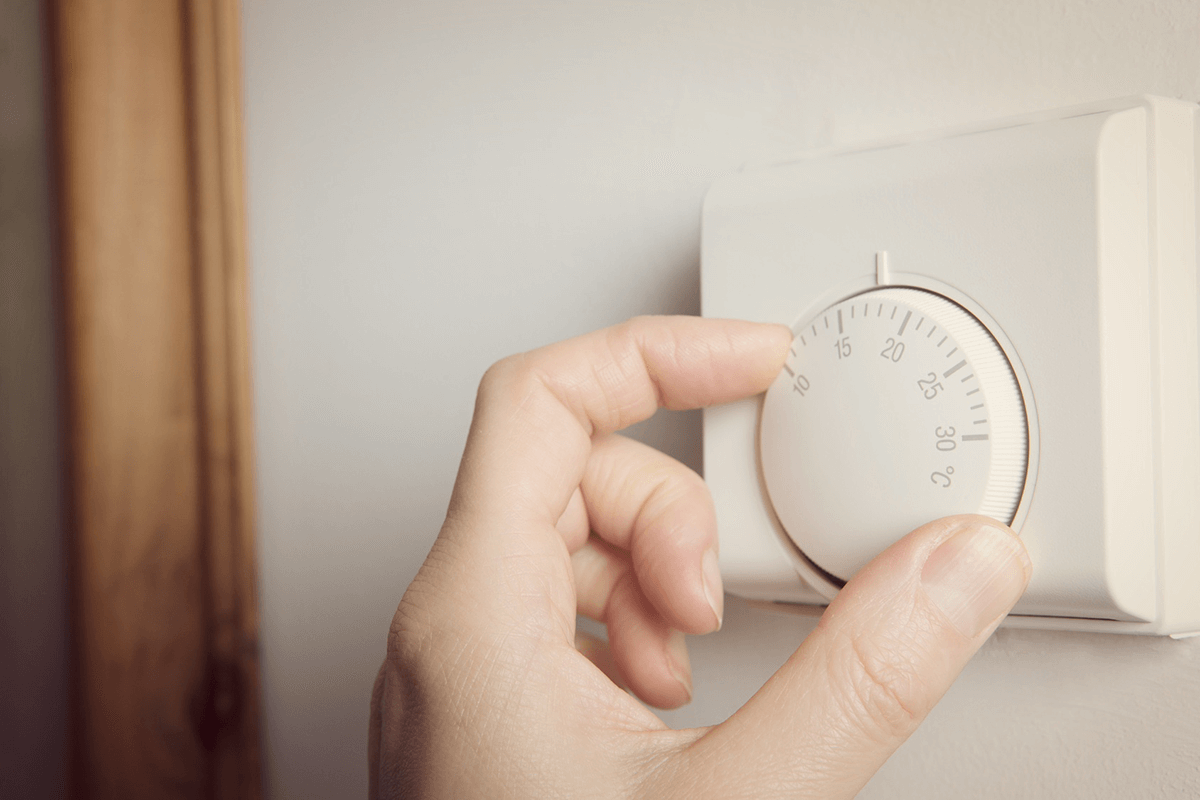In much of the country more than a third of electricity use is dominated by heating and cooling the home. Use is not equal. Cooling uses 22 percent, while the furnace takes up 9 percent. Lighting is another big energy consumer and uses 14 percent of your home’s electricity.
The next big energy utilization at 29 percent comes home entertainment: televisions, computers, chargers for phones and game consoles.
Living in Texas, the state has winter, albeit mild compared to the rest of the country, it’s the hot and sweaty summers that are a major concern for residents.
Texans use air conditioning at least eight months of the year and it’s produced with electricity. Considering some blistering summer days can reach upward of 115 degrees in Dallas, it’s not a stretch to say that air conditioning is a necessity and works double time to keep Texans cool.
Since air conditioners run on electricity, cost and usage are always a concern. While Texans have figured out how to live in a home set at 80 degrees, the electric bill during the summer is always two or three times what it is in the winter.
Do not despair. There are ways – long term fixes – to help you reduce your electricity use without changing your lifestyle.
Here are big ticket ways to save money on electricity costs over the long haul:
- Plant trees around your home to provide shade.
- Paint your home a lighter color.
- Replace windows with double glazed windows that keep the cool air from escaping.
- Insulate your attic and walls.
- Install a solar powered attic fan on the roof to draw out the hot air and help keep the house cooler. In the winter they will circulate moist air and prevent mould.
- Caulk around windows and weather strip doors to seal off any air leaks.
While cutting back on electricity is a priority for consumers, retrofitting your air conditioning system to one that is more energy efficient isn’t always affordable or feasible. Neither is replacing your windows or large appliances.
Finding other ways to cut back on electricity use has been made easier especially as corporations try and make appliances and products that use less electricity and last longer. So, if you need a new refrigerator or clothes washer, always look for the Energy Star rating that can point to more electricity and water efficiency.
Even if you can’t afford to buy new appliances, you have to get rid of that 20-year-old beer fridge stored in your basement or garage. You are better off buying a new, small fridge for your beverages because that energy-hogging, inefficient fridge is probably costing you $20 a month. Refrigerators built after 2001 are 75 percent more efficient that the older models. The fridge accounts for about 14 percent of your monthly electric use.
There are lots of small steps you can take that might have a big impact on the bottom line. While Swedish furniture retailer IKEA rolls out a plan by 2020 to only use in its operations electricity it creates though wind and solar production, it also announced this week that it will only sell LED light bulbs starting Sept. 1, 2015.
LED lights use one-tenth of the electricity of incandescent light bulbs and last 50 times longer. LED light bulbs may cost more initially, but the savings over time make it worthwhile.
So if a big conglomerate like IKEA can change its practices, so can the little guy. Change every light bulb in your house to an LED. If that isn’t affordable for you, at least change the traditional, power sucking, inefficient incandescent bulbs to compact florescent lights. While they aren’t the most energy efficient, price wise they’ve become more affordable.
Here are some simple tips on saving electricity that could provide more money in your pocket via savings on your electricity bill:
- Wash clothes on cold or warm settings.
- Turn down the thermostat on your hot water tank.
- Make sure your dishwasher is full for every wash and turn off the drying cycle. Allow dishes to air dry.
- Set air conditioning to at least 78 degrees.
- Use low flow shower heads. You conserve the amount of hot water used, which means a double bonus as you’ll save on water and electricity use.
- Turn off lights when you leave the room.
- Unplug any appliances and power cords that aren’t in constant use.
- Set refrigerator at 38 to 40 degrees.
If you do everything listed you could save on at least a quarter of your monthly electricity bill. You can also feel good about using less power that is produced by dirty power production. In the U.S. 48 percent of power plants are fueled by coal production, which pollutes the air and the water. Even with modest changes, a home can save on its electricity bill and put more money in your pocket.
